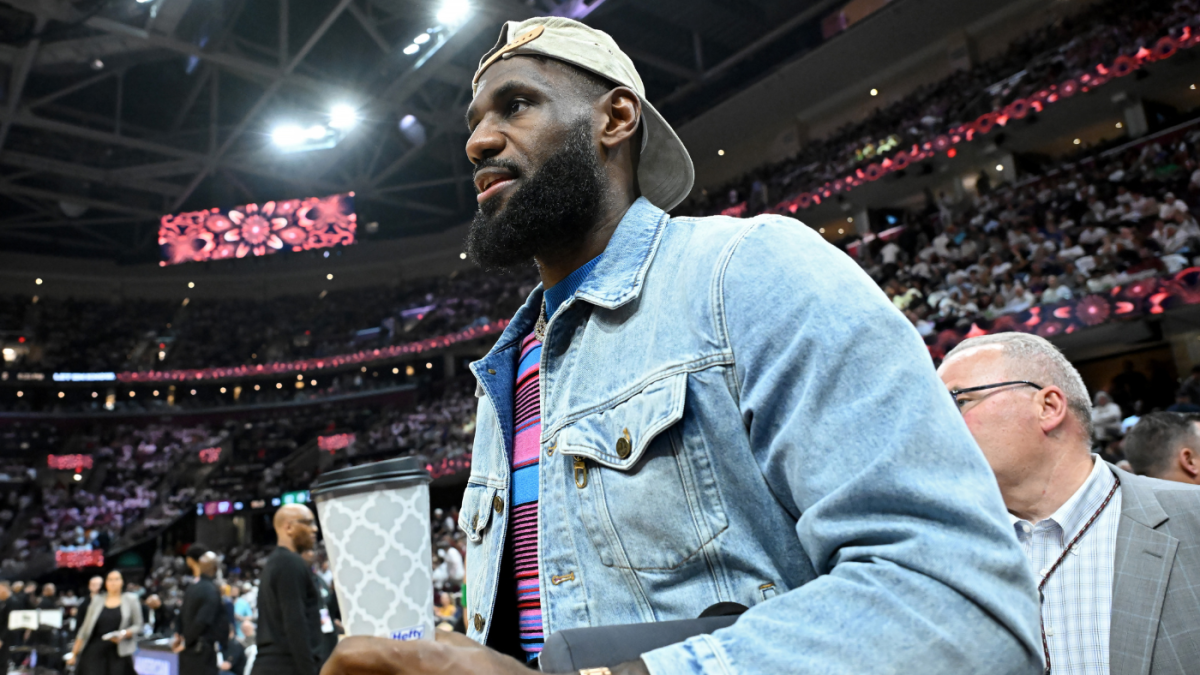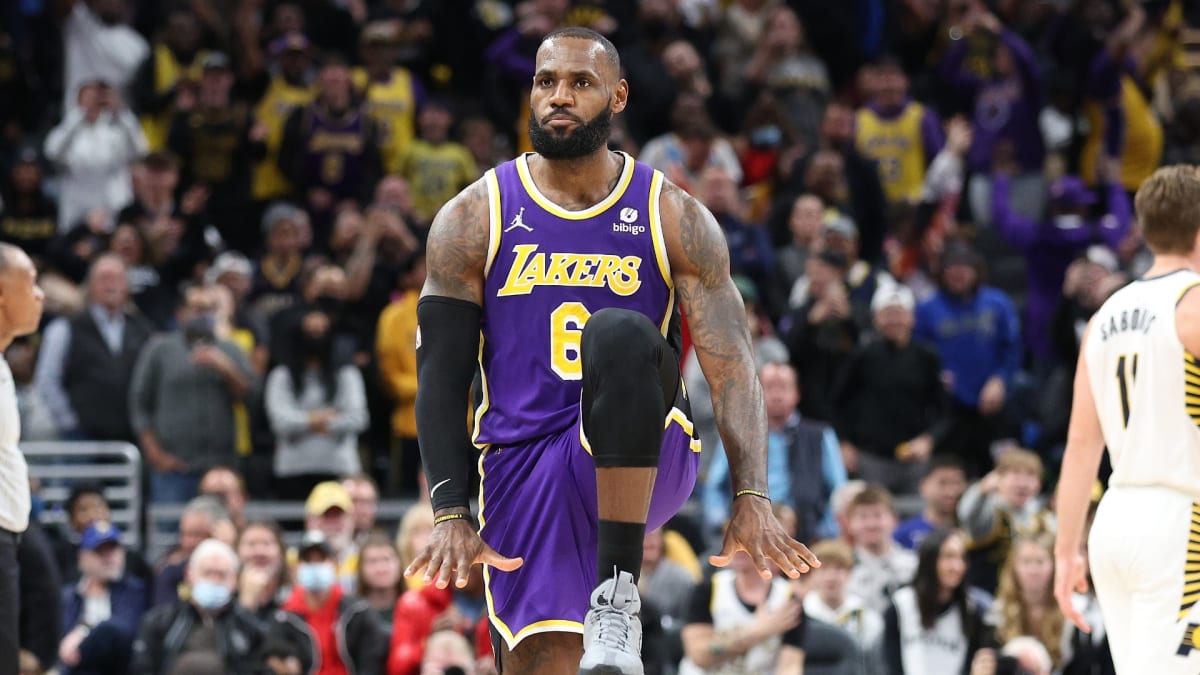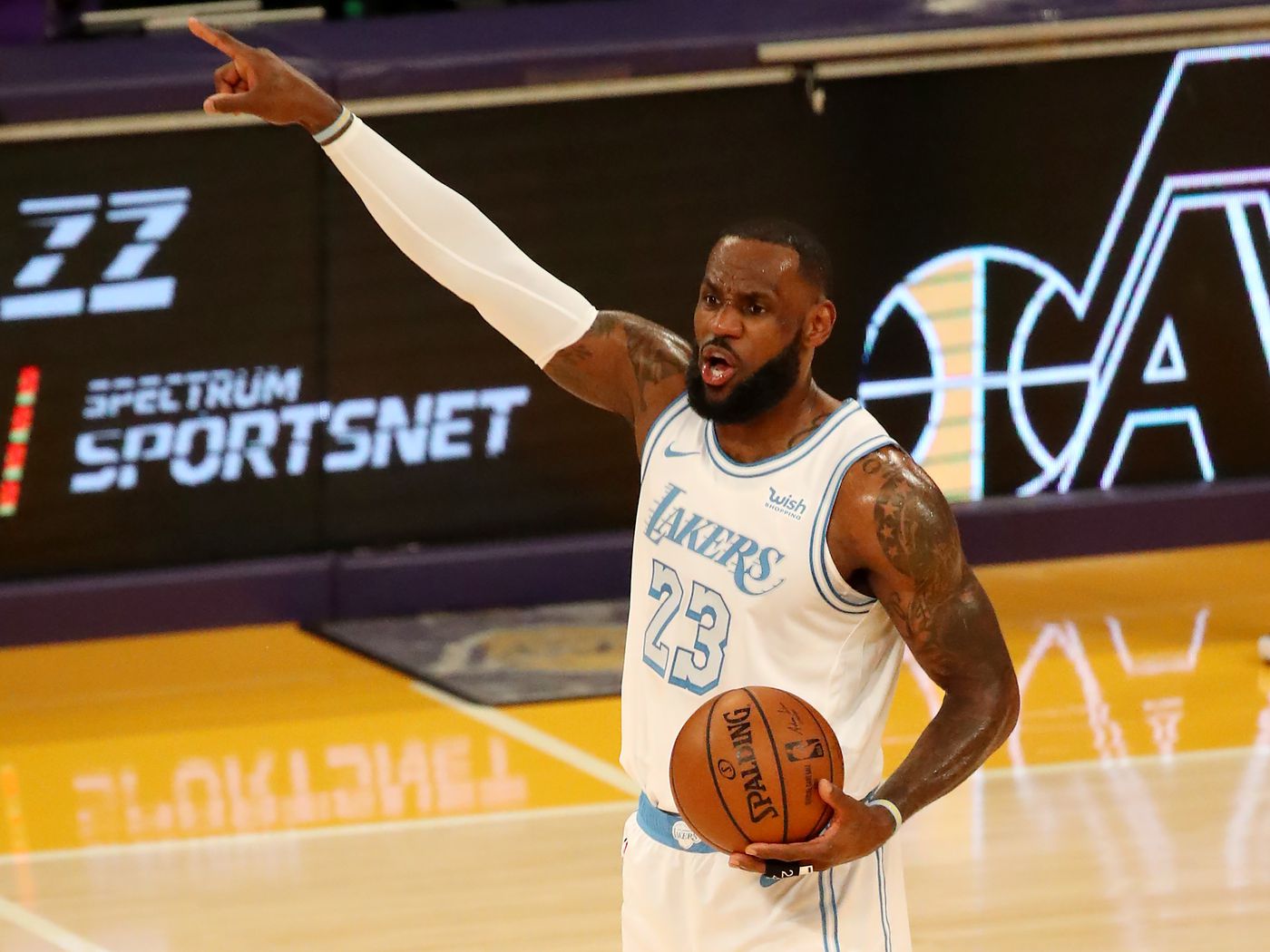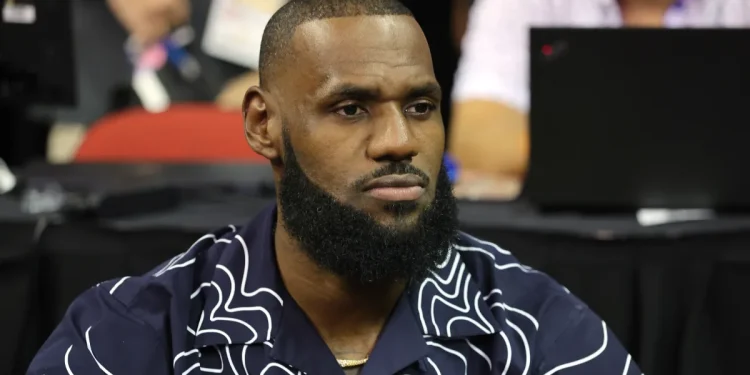In the electric atmosphere of TD Garden, the Indiana Pacers nearly executed a perfect upset against the Boston Celtics in Game 1 of the Eastern Conference Finals. Despite a slow start that saw them trailing by a significant margin, the Pacers displayed remarkable resilience, rallying not once, but twice. With star guard Tyrese Haliburton lighting up from beyond the arc, Indiana seemed poised to snatch a crucial victory on the road.

As the game winded down, the Pacers held a seemingly secure lead, with ESPN Analytics pegging their win probability at a staggering 95 percent with just over 12 seconds left on the clock. The broadcasters had already begun their post-game praises for Indiana’s gritty performance. However, basketball is a game of seconds, and a lot can happen in those fleeting moments.
LeBron James Take on Indiana Pacers Vs Boston Celtics
James took to social media to express his frustration with the Pacers’ decision-making. “And y’all still wanna know why I would foul up 3 EVERY SINGLE TIME?” LeBron’s post read highlights his preference for a more cautious defensive strategy. This strategy entails fouling the opposing team to prevent a three-point attempt that could tie the game, thereby forcing them to make free throws while the clock is stopped.
May 22, 2013: LeBron James hits a layup at the buzzer to beat the Pacers 103-102 in OT of G1 of the ECF.
pic.twitter.com/QJWpgLLClI— This Day In Sports Clips (@TDISportsClips) May 23, 2024
This conventional wisdom suggests that the trailing team, after making their free throws, would still need to foul the leading team, who could then potentially secure the game by sinking their shots from the line. The risk, however, lies in the trailing team possibly tying the game following a missed free throw and a subsequent basket, a scenario fraught with its own set of uncertainties.

The Final Play Unfolds
Contrary to LeBron’s approach, the Pacers chose to defend without fouling. This decision allowed Celtics’ Jaylen Brown to receive the ball and drain a heart-stopping three-pointer with just 6.1 seconds to go, tying the game and sending it into overtime, where Boston eventually triumphed.
The drama of the final play and the overtime saga that followed encapsulated the unpredictable thrill of playoff basketball, leaving fans and commentators alike debating the decisions that led up to those crucial final moments.

The Fallout and Forward Look
The aftermath of such a thrilling game sets the stage for an intense series. Both teams have shown their ability to swing momentum in their favor, promising more edge-of-your-seat moments. As the series progresses, the Pacers will need to reassess their late-game strategies, especially in nail-biting scenarios, to avoid falling victim to a similar fate.
For fans and analysts, LeBron James’ critique opens a larger conversation about risk management in the dying seconds of a game. As the playoffs deepen, the strategies employed in these high-pressure moments will undoubtedly be a focal point, providing lessons that could influence postseason basketball for years to come.










